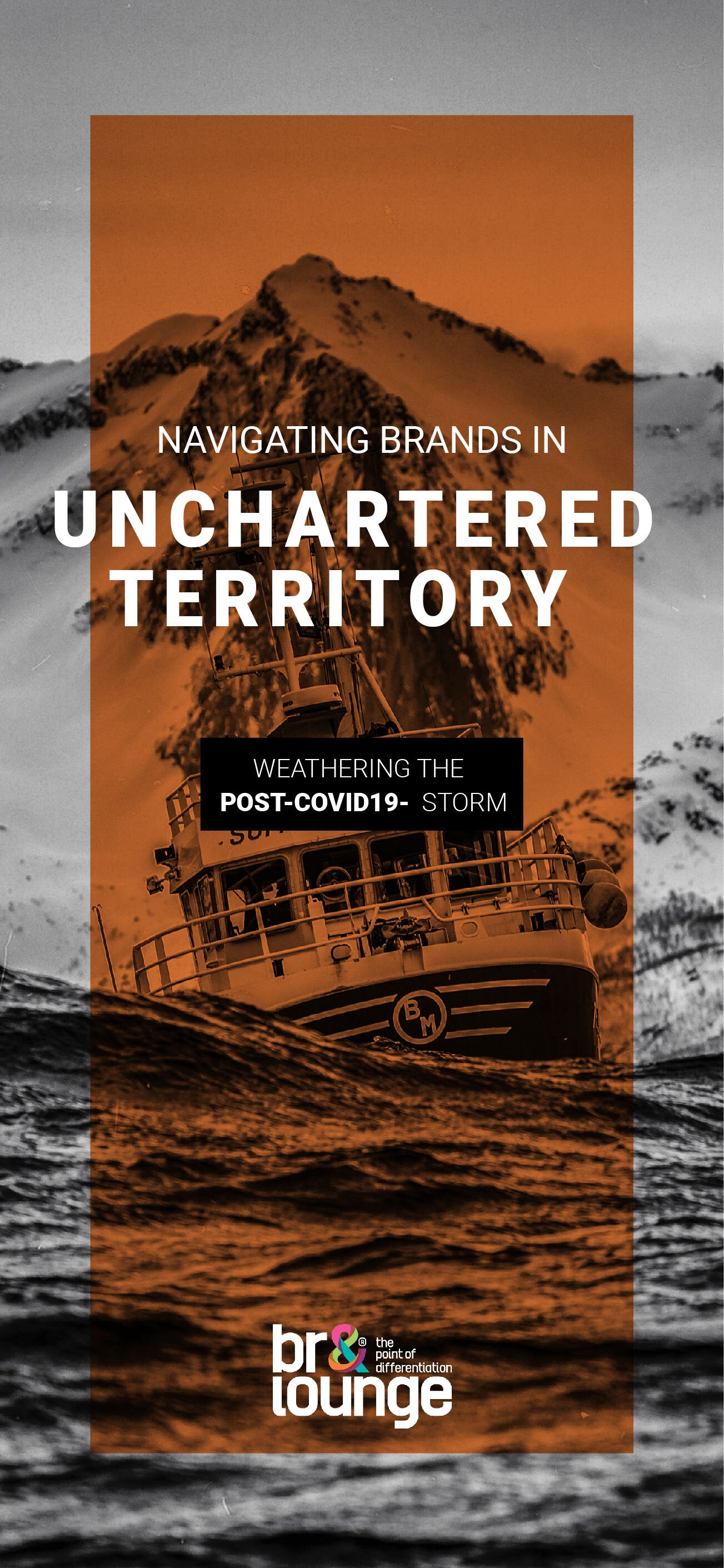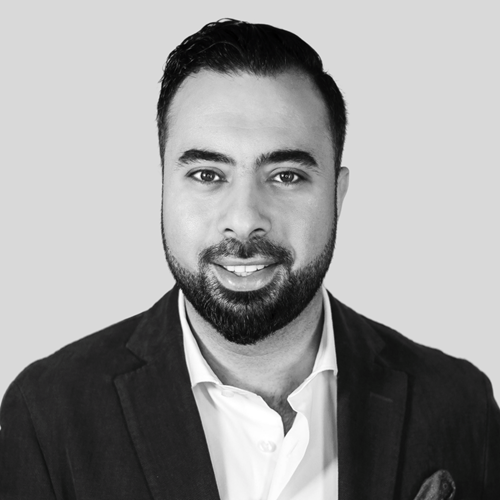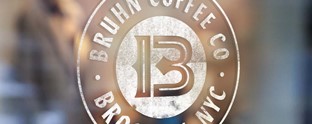People and purpose: how brands can navigate the post-Covid-19 world

The Covid-19 pandemic has affected employees, consumers and corporate communications alike. For businesses navigating this landscape, people and purpose are touchstones amid an ever-changing world.
Research conducted by Dubai-based brand consultancy Brand Lounge, explores the ways in which brands are addressing the four dimensions of branding – purpose, innovation, culture and image – post-Covid-19 without exploiting the crisis to their benefit.
To uncover the questions that executives within the business world were asking themselves during the pandemic, Brand Lounge believed that only by asking the right questions, could insight into the areas that really matter for brands be gained. The consultancy reached out to 15 c-level executives in the Middle East and North Africa region across 10 different industries. It conducted surveys with over 200 executives to gauge which were the top three most challenging questions posed by the pandemic.
The research found that although diverse in their nature, purpose and client base, all businesses were reflecting on three core topics when the pandemic hit the world: people, or how to retain and hire the right employees and keep them in their best form; business, in terms of revisiting the business model and reassessing cash flow and profitability; and customers, specifically how to meet their needs and stay relevant as a brand.
“The fact that most executives were all asking the same questions was an ‘aha’ moment. It’s interesting to know that these basic queries are the fundamentals of doing business and building strong, differentiated brands,” says Mohamad Badr, COO and head of strategy at Brand Lounge.
This was a confirmation of a mindset that was already present before Covid-19. The research demonstrated that because people, specifically consumers, are at the centre of a brands’ success, understanding their changing needs and attitudes must be a business' core focus. Change in conditions causes a shift in needs, and it is a brand’s responsibility to analyse and map those new needs, priorities, and challenges.
According to Badr, businesses must understand that their brands are multidimensional in nature and should be treated as such. Nevertheless, during the crisis, Brand Lounge witnessed an increased focus on people – employees and consumers alike – to achieve the right brand culture and, therefore, an enhanced brand experience.
“People are becoming the focus of these crises because people mean culture, innovation and change. We cannot separate technology from people, since technology is driven by people’s needs and ideas to solve human-centric problems. It is a means to solving real business and life problems,” he says.
Amazon, for one, leveraged its understanding of changing consumer needs through the Covid-19 phase by offering real-life solutions with their products. One customer tweeted ‘Using our #Alexa to manage the kids’ daily schedules & this #wfhmom has one thing less to remember.’

To truly reflect consumers’ needs, brands must acknowledge the current crisis and offer solutions that specifically target it, the paper suggests. However, there is a thin line between supporting consumers through the crisis and acting as self-serving with the wrong kind of marketing. Car giant Ford struck exactly the right tone. While it pivoted its ads to explain how it had met global-scale crises in the past – for example, by building military equipment during the second world war – it recently committed to manufacturing medical equipment in short supply to fight Covid-19. The brand is also supporting consumers facing financial hardships through the Ford Credit payment relief programme.
For employees, wellbeing has been a fundamental consideration in this crisis. The survey reveals that 85% of respondents foresee an internal behavioural shift with employees and management. Employees’ wellbeing is directly correlated to the brands’ progress and prosperity.
The report suggests that brands need to focus on practical gestures, including extended leave, additional sick days and expanded health coverage, all of which will free up employees’ capacity to keep contributing to the organisation’s purpose and objectives.
“Make sure that employees are supported during and post-crisis. If you have the right culture and you have to cut salaries because of financial hardship, I assure you, you will see support and loyalty instead of resistance,” Badr says.
People and purpose are intrinsically tied together and work in tandem, as people are increasingly attracted to brands that transcend their products and have a deeper meaning than making a profit. Those that can communicate their purpose that at a higher level, by taking concrete actions that demonstrate their authenticity, are the only ones that will make it in the post-Covid-19 phase, the research finds.
“The brands that will succeeded are those that are not purely functional but those who empathise with the challenges of their consumers,” Badr says.
The paper highlights a few examples of brands that have demonstrated a clear understanding of their purpose, and have backed it with concrete actions during the pandemic. These include Adidas, which took part in the global donation relay to raise funds for the WHO's Covid-19 Solidarity Response Fund through its #HomeTeamHero challenge, and appliance manufacturer Dyson, with its design a new ventilator from scratch, the ‘CoVent,’ engineered specifically for Covid-19 patients.
“The pandemic exposed the difference between brands that claim a purpose that they cannot own, and brands that actually have a purpose, but are also living it on daily basis and can use this purpose as a driver for business decisions and change,” Badr says.
The future may still be uncertain, but what Brand Lounge has uncovered is that businesses are clearly identifying the challenges that they face with regards to their audiences and taking steps to meet them.
Five minutes with Mohamad Badr, COO and head of strategy of brand consultancy Brand Lounge.

What pushed you to conduct the research and publish the report? How does it help brands in the current climate?
We were trying to uncover the questions that the executive or the senior people were asking during this challenging time. We wanted to understand, 'if I'm an executive, what are the top three questions that I should be asking?' And when this happened, it opened a great opportunity for us to understand the real insight, the challenges they're going through and the drivers behind their decisions.
When we saw that there was a common pattern between the 15 CEOs and CMOs we talked to, it pushed us to actually extend the discussions and try to validate if these questions were actually similar to what other executives were asking as well as facing from people, in terms of supporting employees during the pandemic and changing their way of working; to business, such as how to change one's business model, and how to react to these sudden changes, manage financial aspects; and customers, specifically how to react to customer needs arising from the pandemic. These three points became the core of our survey and research.
What were the most unexpected findings from the research?
The fact that most executives were all asking the same questions, that was an ‘aha’ moment. It’s interesting to know that these basic queries are the fundamentals of doing business and building brands. Aside from that, we saw that the topic of people became the focus of these crises, because people mean culture, innovation and change. We cannot separate technology from people, since technology is driven by people’s needs and ideas to solve human-centric problems. It is a means to solving real business and life problems. Lastly, we noticed that people really believe that brand purpose is going to play a bigger role because people look for brands that have meaning and can communicate at a higher level. Brands that are not purely functional, but can also have a level of empathy to the challenges that their customers are going through.
In what ways has the Covid-19 pandemic changed brands’ purpose? How should brands address consumers’ emerging concerns?
It's about how one actually uses their purpose and embeds it and rolls it out across all functions within the business. The pandemic exposed the difference between brands that claim a purpose that they cannot own, and brands that actually have a purpose, but are also are living it on a daily basis and can use this purpose as a driver for business decisions, innovation and change. Purpose will become more and more critical as a tool for differentiation going forward. It’s now about how does one actually use the purpose and embed it and roll it out across all functions within the business
Should the ‘new normal’ brought about by the pandemic become intrinsic to brands’ identities?
I do believe that these changes are going to be a part of our new normal behavior. Brands need to rethink their way of working and way of being. The new normal means you are bound to change to survive; you need to instill an innovation mindset to uncover new growth territories and new opportunities. Brand culture will also become an essential dimension moving forward; brands need to invest in the right brand culture, meaning they should focus on people as the core driver for change and growth. Make sure that employees are supported during and post-crisis. If you have the right culture and you have to cut salaries because of financial hardship, I assure you, you will see support and loyalty instead of resistance. Lastly, brands will become increasingly digitalised, which means different touchpoints must be taken into consideration. So, on the communication front, brands need to invest more in meaningful and engaging content that can connect with customers and can add value to their life.
What would you advise to help brands post-Covid?
My number one advice is to understand that change is multidimensional, and it’s here to stay, so now it’s time to react, think, learn, experiment, and innovate. I would also recommend downloading the 'Game Plan' found in our paper and fill it out. This 'Game Plan' covers the four dimensions of brands, and it is designed to help you win and maximise your brand value. The 'Game Plan' builds on our knowledge, insights, and expertise in a very simple format and helps you define your differentiation strategy.












